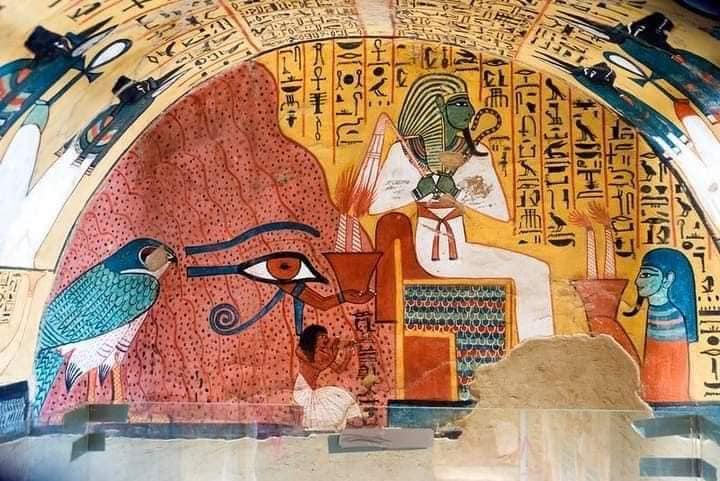How did the Ancient Egyptian know the beginning of the floods of the Nile?
“I will be awake for my sister
Sopdet, in her vigil hour.”
nhp.j Hr snt.j spdt m wnwt.s
According to the Egyptians, Sirius was out of sight for about 70 days each year because it was too close to the Sun to be seen. The figure of 70 days most likely pertained to the latitude of Memphis or of nearby Heliopolis. For a comprehensive treatment of some of the Egyptian sources about the 70 days-especially the cenotaph of Seti I, the tomb of Ramses IV, and the later Papyrus Carlsberg I – see the work of Neugebauer and Parker.
Each July, Sirius would reappear in the eastern sky at sunrise. This was the heliacal rising of Sirius; the Egyptians called it part Spdt, “the Coming-Forth of Sopdet.” (The Greeks frequently referred to Sirius as “the Dog Star,” but they are also the ones who referred to it as “Sothis,” their rather loose transliteration of the Egyptian “Sopdet.”)
For four years – an Egyptian-Sothic quadrennium – Sirius would rise heliacally on the same date as the Egyptian calendar and then go on to the next date for another four years. At this rate, Sirius would move all the way through the Egyptian calendar in the 1460 Julian years, which is called the Sothic period.
— Lynn E. Rose (1994), The Astronomical Evidence for Dating the End of the Middle Kingdom of Ancient Egypt to the Early Second Millennium: A Reassessment, p. 241
Image: Sepdet, as the representative of the Sirius star, but also of all-stars and Star Goddesses in the celestial realm. From the c. 1300 BC tomb of Seti I.


Comment (0)